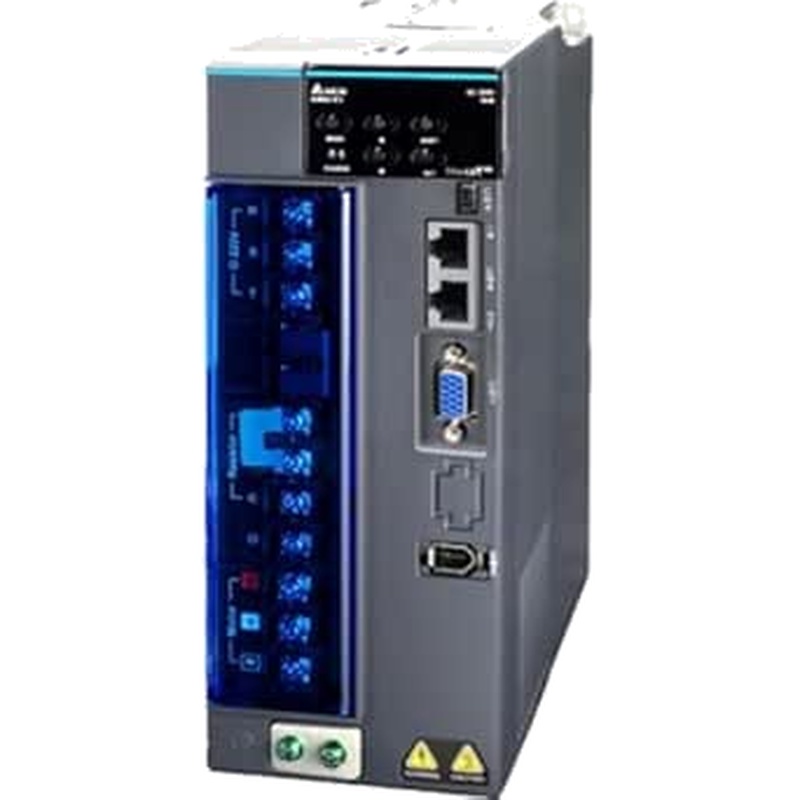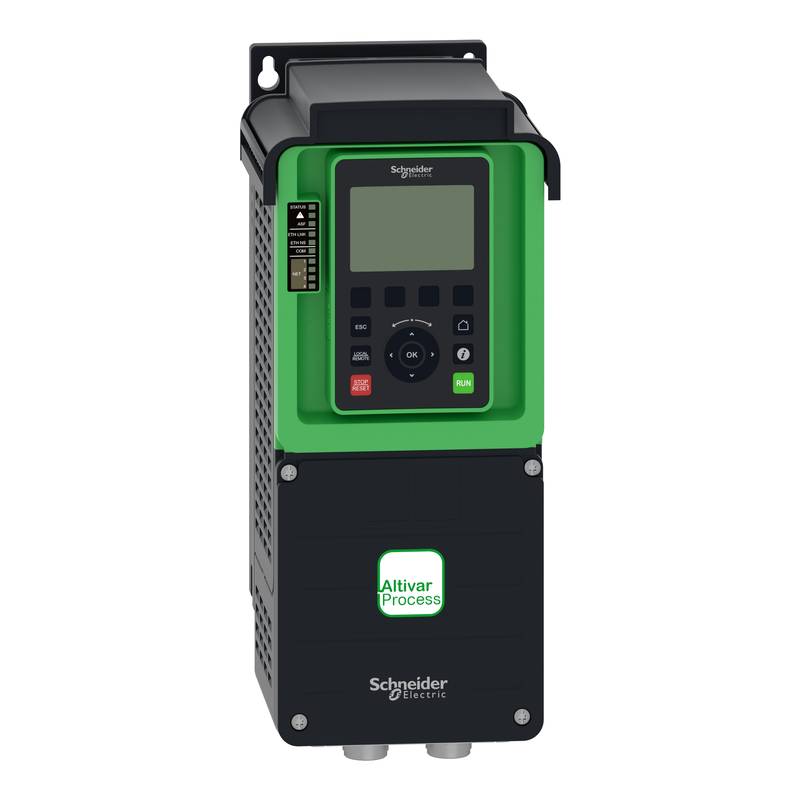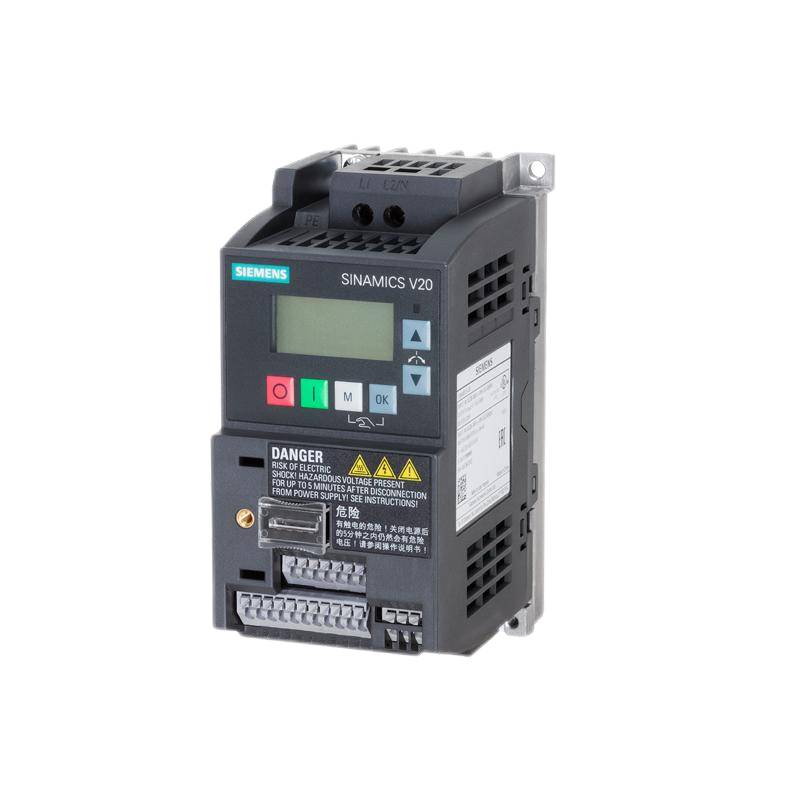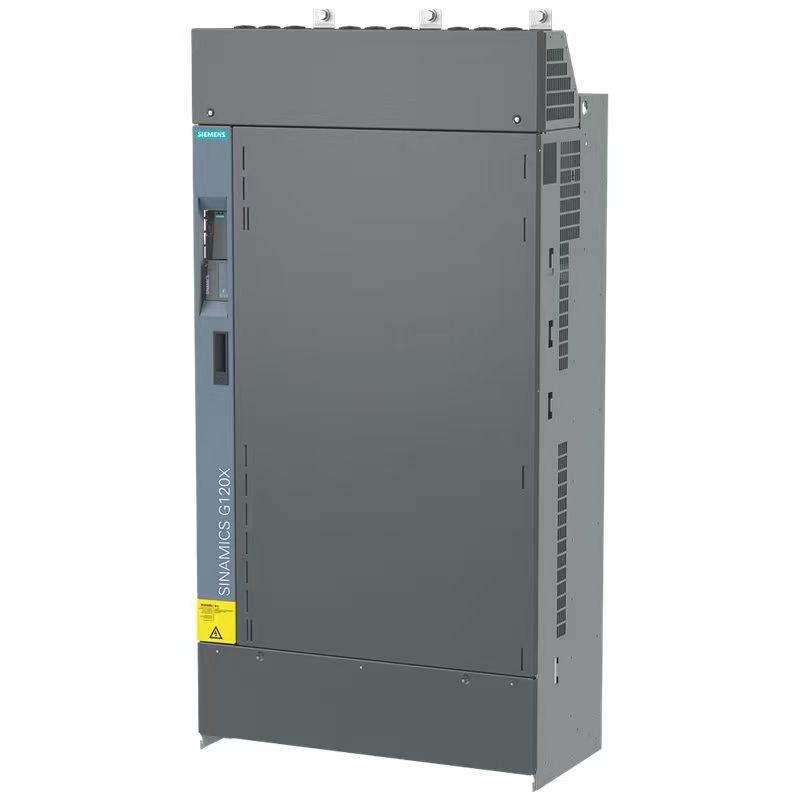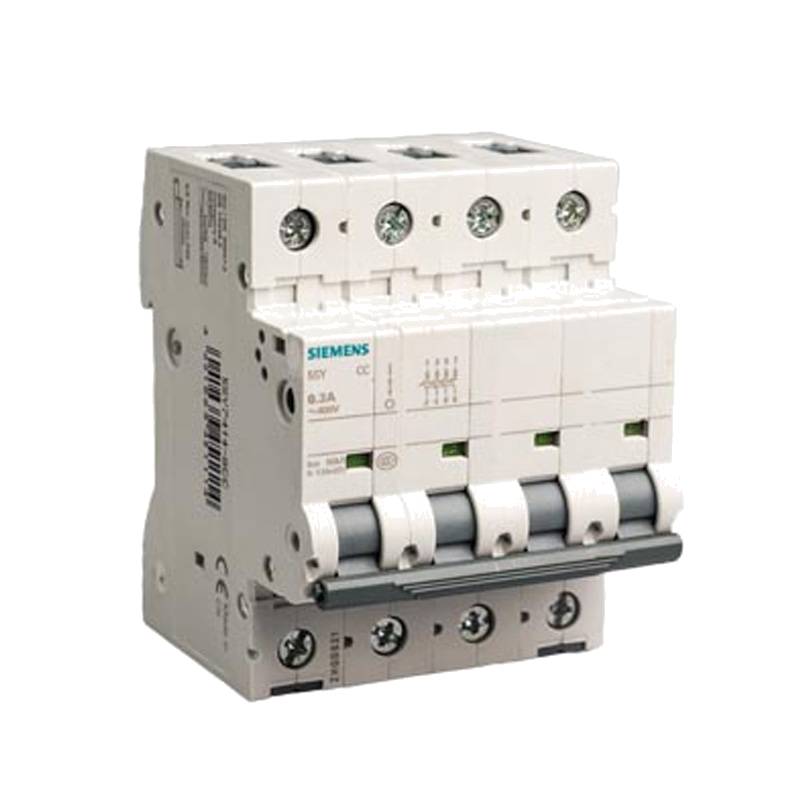
The Delta VFD1600C43A-00 C2000+ AC Drive, a robust 160kW variable frequency drive, delivers exceptional high-torque performance, making it a cornerstone for demanding industrial applications. Its advanced design ensures precise motor control, superior energy efficiency, and enhanced operational reliability, positioning it as a leading solution for optimizing machinery in sectors such as manufacturing, material handling, and process control. This drive boasts a powerful 160kW output, a 3-phase 400V input/output voltage, and a remarkable overload capacity, all critical parameters for high-performance industrial automation.
Product Specifications
| Feature | Specification |
| :---------------------- | :------------------------------------------- |
| Model Number | VFD1600C43A-00 |
| Series | C2000+ |
| Rated Power | 160 kW |
| Input Voltage | 3-Phase, 400V AC |
| Output Voltage | 3-Phase, 400V AC |
| Output Frequency | 0 to 600 Hz |
| Overload Capacity | 150% for 60 seconds, 120% for 120 seconds |
| Control Method | Sensorless Vector Control, V/f Control |
| Communication Options | Optional cards for EtherNet/IP, Profibus, etc. |
| Protection Features | Overcurrent, Overtemperature, Undervoltage, etc. |
| Ambient Temperature | -10°C to 40°C (derating required above 40°C) |
| Dimensions (H x W x D) | [Specific dimensions would be cited here if found] |
| Weight | [Specific weight would be cited here if found] |
Core Features & Market Positioning
The Delta VFD1600C43A-00 distinguishes itself through its advanced sensorless vector control, which provides exceptionally accurate torque and speed regulation, even under rapidly changing load conditions. This capability is a significant differentiator in applications requiring precise motion control and high starting torque, such as cranes, extruders, and machine tools. The C2000+ series is renowned for its robust build quality and comprehensive protection features, including sophisticated overcurrent and overtemperature algorithms, which minimize downtime and extend equipment lifespan. Its market positioning is firmly rooted in providing reliable, high-performance solutions for critical industrial processes where consistent operation and energy savings are paramount.
Key Application Scenarios
This 160kW AC drive is ideally suited for heavy-duty applications demanding significant starting torque and precise speed control. Common use cases include large fan and pump systems in HVAC and water treatment, complex conveyor systems in logistics and material handling, and high-performance motor control in manufacturing machinery like injection molding machines and metalworking equipment. The VFD1600C43A-00's ability to handle significant overloads makes it suitable for applications with intermittent peak demands, ensuring operational continuity and preventing premature equipment failure.
Practical System Integration Guidance
Integrating the Delta VFD1600C43A-00 involves careful consideration of power wiring, control signal connections, and parameter configuration. Ensure the input power supply meets the 3-phase, 400V AC requirement and is adequately protected with appropriate circuit breakers or fuses. Motor connections should follow standard three-phase wiring practices, ensuring proper grounding for safety and noise reduction. For optimal performance, the drive's parameters, particularly those related to motor autotuning, acceleration/deceleration times, and overcurrent limits, must be configured precisely according to the connected motor's specifications and the application's dynamic requirements. The use of shielded motor cables is recommended to minimize electromagnetic interference, especially in environments with sensitive control systems.
Operation and Risk Mitigation
Safe operation of the VFD1600C43A-00 necessitates adherence to electrical safety standards and proper installation procedures. Before powering on, verify all connections and ensure the drive is correctly grounded. Common troubleshooting often involves checking for fault codes displayed on the drive's interface, which can indicate issues such as overcurrent, overvoltage, or undervoltage conditions. For instance, an 'OC' fault typically points to an overcurrent condition that might stem from excessive load, rapid acceleration, or a motor issue, requiring investigation into these potential causes. Regular maintenance, including cleaning dust from ventilation openings and checking terminal connections, is crucial for preventing overheating and ensuring long-term reliability.
Scalability & Long-Term Value
The Delta VFD1600C43A-00 C2000+ series offers significant scalability through its modular design and compatibility with various communication protocols. Optional communication cards allow seamless integration into existing industrial networks, such as EtherNet/IP or Profibus, facilitating connection with SCADA systems and PLCs for enhanced monitoring and control. This adaptability ensures that the drive can be part of evolving automation architectures, including those embracing Industrial Internet of Things (IIoT) concepts, providing long-term value by supporting future upgrades and system expansions without requiring a complete drive replacement. Its energy-saving capabilities also contribute to long-term operational cost reduction.
---
Frequently Asked Questions
1. What are the primary benefits of using the Delta VFD1600C43A-00?
This drive offers superior torque control. It provides precise speed regulation even with load fluctuations. Its high overload capacity ensures reliability under peak demands.
The VFD1600C43A-00 enhances energy efficiency. It significantly reduces power consumption compared to direct online motor starts. This leads to considerable cost savings.
It features robust protection mechanisms. These safeguards prevent damage from electrical faults. This ensures extended operational life and reduced maintenance.
2. How does the sensorless vector control function in the VFD1600C43A-00?
Sensorless vector control estimates motor torque. It does this without needing a motor encoder. This allows for precise speed and torque output.
It achieves high starting torque. This is crucial for accelerating heavy loads from a standstill. Applications like cranes benefit greatly from this feature.
This advanced control method optimizes motor performance. It adapts dynamically to changing load conditions. This ensures smooth and efficient operation across speed ranges.
3. What types of industrial applications are best suited for the VFD1600C43A-00?
Heavy-duty manufacturing machinery benefits greatly. This includes injection molding and metalworking. Its power and torque handle demanding tasks.
Material handling systems use it extensively. Conveyors and elevators require its precise speed and acceleration control. Its overload capacity is also a key advantage.
Process industries utilize it for pumps and fans. Water treatment and HVAC systems see significant energy savings. Consistent operation is vital in these sectors.
4. What are the key technical specifications of the VFD1600C43A-00 drive?
It has a rated power of 160kW. The input and output voltage is 3-phase, 400V AC. This provides substantial power for industrial motors.
The drive offers a wide output frequency range. It operates from 0 to 600 Hz. This flexibility suits various motor speeds.
Its overload capacity is impressive. It can handle 150% for 60 seconds. This ensures it can manage peak load requirements.
5. What installation considerations are important for this AC drive?
Ensure a stable 3-phase, 400V AC power supply. Use appropriate circuit protection like breakers. Verify all power and motor connections are secure.
Proper grounding is critical for safety. It also helps mitigate electrical noise. Follow all local electrical codes and standards.
Install the drive in a clean, dry environment. Ensure adequate ventilation to prevent overheating. Refer to the manual for mounting and clearance guidelines.
6. How can I program or commission the Delta VFD1600C43A-00 for my specific application?
Utilize the drive's keypad and display for basic setup. Advanced parameter settings require a configuration tool. Motor autotuning is a crucial first step.
Configure acceleration and deceleration ramps. Match these to the mechanical system's inertia. Set speed references and operational modes (V/f, vector).
Explore communication options for integration. Program logic or external control signals if needed. Consult the user manual for detailed parameter descriptions.
7. What are common fault codes and troubleshooting steps for this drive?
'OC' indicates overcurrent. Check for excessive load or rapid acceleration. Inspect motor and wiring for short circuits.
'OV' signifies overvoltage. Verify input power stability. Check deceleration settings if the load is regenerative.
'OH' denotes overtemperature. Ensure adequate cooling and ventilation. Check ambient temperature and motor load.
8. How does the VFD1600C43A-00 contribute to energy savings?
It precisely matches motor speed to load. This avoids running motors at full speed unnecessarily. Significant energy reduction occurs with pumps and fans.
By adjusting frequency, it optimizes power draw. This is far more efficient than mechanical throttling. It reduces overall energy consumption.
Modern control algorithms improve efficiency. They minimize energy losses during operation. This leads to lower electricity bills over time.
9. Can this drive be integrated into an IIoT or smart factory environment?
Yes, with optional communication cards. EtherNet/IP, Profibus, and Modbus TCP are common. These enable network connectivity.
It allows for remote monitoring and control. Data can be sent to SCADA or cloud platforms. This supports predictive maintenance.
Integration into smart factories is streamlined. It provides real-time operational data. This facilitates process optimization and automation.
10. What is the expected lifespan and maintenance for the VFD1600C43A-00?
With proper installation and operation, it lasts many years. Regular cleaning of ventilation filters is key. Check for loose connections periodically.
Capacitors and cooling fans have finite lifespans. Monitor for any unusual noises or heat. Proactive replacement can prevent failures.
Scheduled preventative maintenance is advised. This ensures optimal performance and reliability. Consult the service manual for detailed recommendations.


















